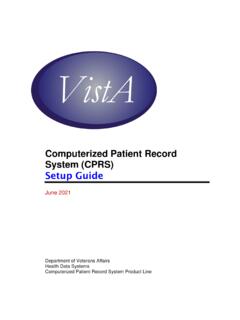Transcription of Elementary Statistics - CNX
1 Elementary StatisticsCollection Editor:Kathy Chu, StatisticsCollection Editor:Kathy Chu, :Kathy Chu, DeanBarbara Illowsky, :< >C O N N E X I O N SRice University, Houston, TexasThis selection and arrangement of content as a collection is copyrighted by Kathy Chu, It is licensed under theCreative Commons Attribution License ( ).Collection structure revised: December 30, 2013 PDF generated: December 30, 2013 For copyright and attribution information for the modules contained in this collection, see p. Welcome Letter.. 11 Sampling and .. Terms .. and Rounding Off .. : Sampling and Data .. 27 Solutions .. 322 Descriptive .. Data .. and Leaf Graphs (Stemplots) .. Plots .. of the Location of the Data .. of the Center of the Data .. and the Mean, Median, and Mode .. of the Spread of the Data.
2 Of Formulas .. 1: Center of the Data .. 2: Spread of the Data .. 71 Solutions .. 883 Linear Regression and .. Equations .. and Y-Intercept of a Linear Equation .. Plots .. Regression Equation .. Correlation Coefficient .. About the Correlation Coefficient for Linear Regression .. : Linear Regression .. 120 Solutions .. 1334 Probability .. and Mutually Exclusive Events .. Tables .. Topics: Summary of Formulas .. : Contingency Tables .. 155 Solutions .. 1575 Discrete Random .. Distribution Function (PDF) for a Discrete Random Variable .. or Expected Value and Standard Deviation .. Discrete Probability Distribution Functions .. of the Discrete Probability Functions .. 1: Discrete Distribution .. 2: Binomial Distribution .. 178 Solutions .. 1816 Continuous Random.
3 Probability Functions .. Uniform Distribution .. : Uniform Distribution .. of The Uniform Distribution .. 203 Solutions .. 2067 The Normal Normal Distribution .. Standard Normal Distribution .. to the Left and Right of x .. of Probabilities .. of Formulas .. : The Normal Distribution .. 226 Solutions .. 2278 The Central Limit Central Limit Theorem .. Central Limit Theorem for Sample Means (Averages) .. Central Limit Theorem for Sums .. the Central Limit Theorem .. of Formulas .. : The Central Limit Theorem .. 253 Solutions .. 2549 Confidence IntervalsAvailable for free at Connexions < > Intervals .. Interval, Single Population Mean, Population Standard DeviationKnown, Normal .. Interval, Single Population Mean, Standard Deviation Unknown,Student-T.
4 Interval for a Population Proportion .. of Formulas .. 1: Confidence Intervals for Averages, Known Population Standard Devi-ation .. 2: Confidence Intervals for Averages, Unknown Population Standard De-viation .. 3: Confidence Intervals for Proportions .. 291 Solutions .. 29310 Hypothesis Testing: Single Mean and Single Testing: Single Mean and Single Proportion .. and Alternate Hypotheses .. and the Type I and Type II Errors .. Needed for Hypothesis Testing .. Events .. the Sample to Support One of the Hypotheses .. and Conclusion .. Information .. of the Hypothesis Test .. of Formulas .. 1: Single Mean, Known Population Standard Deviation .. 2: Single Mean, Unknown Population Standard Deviation .. 3: Single Proportion .. : Hypothesis Testing of a Single Mean and Single Proportion.
5 341 Solutions .. 34511 Hypothesis Testing: Two Means, Paired Data, Two Testing: Two Population Means and Two Population Proportions .. Two Independent Population Means with Unknown PopulationStandard Deviations .. Two Independent Population Means with Known Population Stan-dard Deviations .. Two Independent Population Proportions .. or Paired Samples .. of Types of Hypothesis Tests .. 1: Hypothesis Testing for Two Proportions .. 2: Hypothesis Testing for Two Averages .. 381 Solutions .. 38312 AppendixAvailable for free at Connexions < > and their Meanings .. for the TI-83, 83+, 84 Calculator .. 39613 Tables.. 407 Glossary.. 408 Index.. 415 Attributions.. 419 Available for free at Connexions < >Student Welcome Letter1 Dear Student:Have you heard others say, You re taking Statistics ?
6 That s the hardest course I ever took! They say that,because they probably spent the entire course confused and struggling. They were probably lectured toand never had the chance to experience the subject. You will not have that problem. Let s find out is a Chinese Proverb that describes our feelings about the field of Statistics :I HEAR, AND I FORGETI SEE, AND I REMEMBERI DO, AND I UNDERSTANDS tatistics is a do field. In order to learn it, you must do it. We have structured this book so that you willhave hands-on experiences. They will enable you to truly understand the concepts instead of merely goingthrough the requirements for the makes this book different from other texts? First, we have eliminated the drudgery of tedious cal-culations. You might be using computers or graphing calculators so that you do not need to struggle withalgebraic manipulations.
7 Second, this course is taught as a collaborative activity. With others in your class,you will work toward the common goal of learning this are some hints for success in your class: Work hard and work every night. Form a study group and learn together. Don t get discouraged - you can do it! As you solve problems, ask yourself, Does this answer make sense? Many Statistics words have the same meaning as in everyday English. Go to your teacher for help as soon as you need it. Don t get behind. Read the newspaper and ask yourself, Does this article make sense? Draw pictures - they truly help!Good luck and don t give up!Sincerely,Susan Dean and Barbara Illowsky1 This content is available online at < >.Available for free at Connexions < >12De Anza College21250 Stevens Creek , California 95014 Available for free at Connexions < >Chapter 1 Sampling and Student Learning ObjectivesBy the end of this chapter, the student should be able to: Recognize and differentiate between key terms.
8 Apply various types of sampling methods to data IntroductionYou are probably asking yourself the question, "When and where will I use Statistics ?". If you read anynewspaper or watch television, or use the Internet, you will see statistical information. There are statisticsabout crime, sports, education, politics, and real estate. Typically, when you read a newspaper article orwatch a news program on television, you are given sample information. With this information, you maymake a decision about the correctness of a statement, claim, or "fact." Statistical methods can help you makethe "best educated guess."Since you will undoubtedly be given statistical information at some point in your life, you need to knowsome techniques to analyze the information thoughtfully. Think about buying a house or managing abudget.
9 Think about your chosen profession. The fields of economics, business, psychology, education,biology, law, computer science, police science, and early childhood development require at least one coursein in this chapter are the basic ideas and words of probability and Statistics . You will soon under-stand that Statistics and probability work together. You will also learn how data are gathered and what"good" data Statistics2 The science ofstatisticsdeals with the collection, analysis, interpretation, and presentation ofdata. We seeand use data in our everyday content is available online at < >.2 This content is available online at < >.Available for free at Connexions < >34 CHAPTER 1. SAMPLING AND Optional Collaborative Classroom ExerciseIn your classroom, try this exercise. Have class members write down the average time (in hours, to thenearest half-hour) they sleep per night.
10 Your instructor will record the data. Then create a simple graph(called adot plot) of the data. A dot plot consists of a number line and dots (or points) positioned abovethe number line. For example, consider the following data:5; ; 6; 6; 6; ; ; ; ; 7; 7; 8; 8; 9 The dot plot for this data would be as follows:Frequency of Average Time (in Hours) Spent Sleeping per NightFigure your dot plot look the same as or different from the example? Why? If you did the same example inan English class with the same number of students, do you think the results would be the same? Why orwhy not?Where do your data appear to cluster? How could you interpret the clustering?The questions above ask you to analyze and interpret your data. With this example, you have begun yourstudy of this course, you will learn how to organize and summarize data.
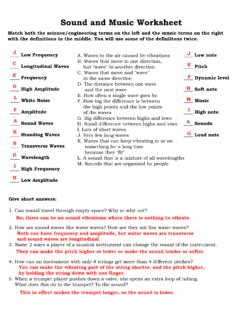
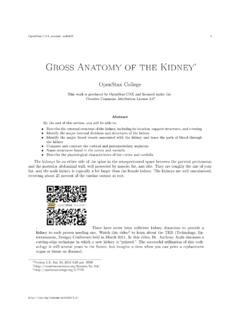


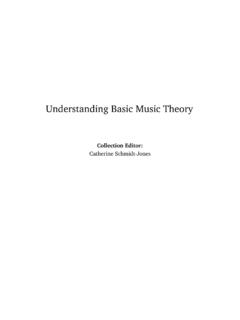






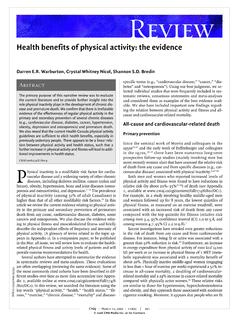
![[ME] Multilevel Mixed Effects - Stata](/cache/preview/4/7/d/4/7/0/c/8/thumb-47d470c861983dd93e6de78ee5724463.jpg)




